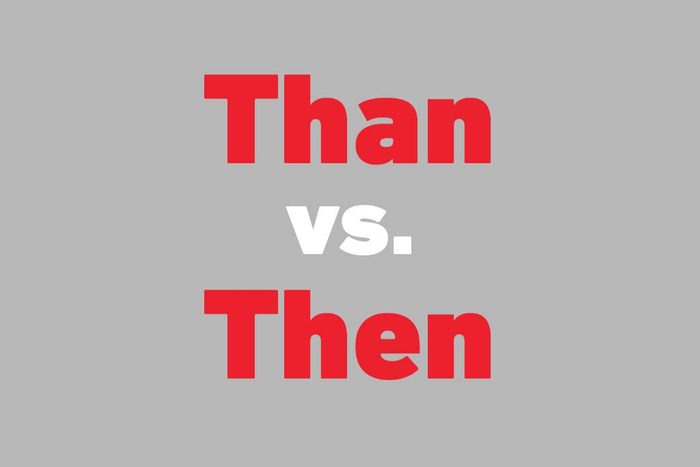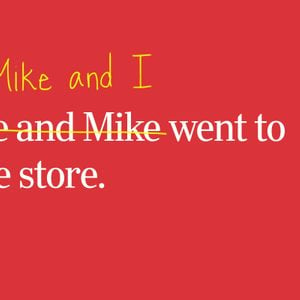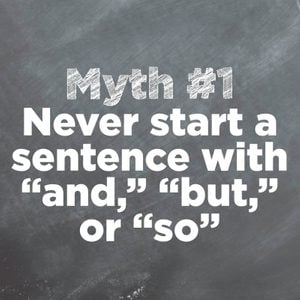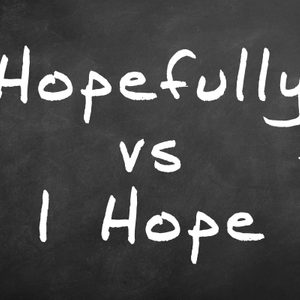Than vs. Then: What’s the Difference?
Updated: Jul. 20, 2021

They might sound and look almost the same, but these two words have two very different meanings.
It’s a classic conundrum: when to use then versus than. Even the most confident of English-speakers who brag about knowing the difference between “affect” and “effect” have fallen into the traps of these tricky four-letter words. Why did the inventors of the English language create two words that look so sinfully similar to each other, you ask? Technically, they didn’t. Than and then used to be the same word in Middle English, but eventually evolved into two distinct words. But, how did that come to be? The answer is a long history lesson in linguistics. If you’re wishing Middle English speakers had thought to cut future losses and keep the words the same, you’re not alone. While we can’t go back to using these words interchangeably, we can settle the confusion between them once and for all. So, what’s the real difference between than and then, and when should you use each one?
What’s the difference between than and then?
For starters, than and then are two different words. Than is generally used to compare things, while then communicates time. Since they are spelled and pronounced almost identically, many people don’t realize the two words have different meanings and are one of many homophones people confuse all the time. Although we can often decipher the message behind a sentence that accidentally uses then when it means than (and we may not even notice there’s an error), using these words interchangeably does not actually make any grammatical sense. (Your friend, the grammar police, is smiling right now). So, how can you remember when to use then vs. than?
When should you use then?
According to Merriam Webster’s dictionary, whenever you are talking about time, you should use the word then. One of the most common ways to use then is when you are referring to a certain point in time.
- At that time / at the time in question:
- I will see you then.
- That time:
- Back then, things were simpler.
Another common way to use the word then is when you are discussing the order of events. When we tell stories, for instance, we usually start by describing the first thing that happened and use the word then to link each piece of the narrative together. The same is true for explaining the steps in a set of instructions, the succession of a series, and numerical orders.
- Soon after that / next in order of time:
- I went to bed, then woke up.
- Next in order of position, narration, or enumeration / next in a series:
- I buckled my seatbelt and then turned on the ignition.
- First comes one, then comes two.
- We start by singing the first verse of the song, then we sing the chorus.
We can also use then to mean “additionally” or “other than.”
- In addition / besides:
- She has so much to worry about at home, and then there’s the stress of work.
Then is also used to describe a consequential relationship between two things—a cause and effect. In this instance, we would use the “if…then” sentence structure.
- As a necessary consequence:
- If your phone runs out of battery, then it needs to be charged.
- If you don’t like chocolate, then you should try vanilla.
Plus, you can use then to draw conclusions, compensate for something that has just been said, and generally build off of a preceding statement.
- In that case:
- If you feel strongly about being a vegetarian, then you should not eat meat.
- According to that / used to emphasize an inference being drawn:
- You’re too tired to stay awake late, then.
- Used after “but” to offset a preceding statement:
- He didn’t get the job, but then he never really wanted the job anyway.
- As it appears / as a way of summing up a conversation:
- The research supports the hypothesis, then.
- The research, then, supports the hypothesis.
You might even use then as an adjective, to describe a person’s state at a certain point of time.
- Referring to someone existing / acting at / belonging to the time mentioned:
- The then-president, George Washington.
When should you use than?
If you feel overwhelmed by all of the instances that you can use the word then, don’t worry. It’s common to mix up these two words—just like people always confuse these common words and phrases. However, remembering when to use than is much simpler. Than is a conjunction, just like “and” or “but,” that usually connects two nouns. When you are making a comparison or drawing a contrast between two different things, you should use the word than.
- Comparing:
- My brother is taller than me.
- I like chocolate more than vanilla.
Easy, right? Another trick to remember when you should be using than is to look out for words like “other,” “rather,” “less,” and “more.” Since these words are often used in comparisons, than tends to follow them in sentences.
- Other:
- Other than snow days, I don’t like anything about winter.
- Rather:
- Rather than sitting in traffic, I will just take the train.
- Less:
- After less than five minutes, she was bored of history class.
- More:
- The child wanted a puppy more than anything else in the world.
Now that we think about it, it’s not actually that hard to distinguish between these two words. Just remember to use than when you’re comparing and then when you’re indicating time. While this distinction is important, there are many other grammar rules that you can safely ignore. Before you know it, you’ll be correcting all of the self-anointed grammar policemen you know. Who’s the sheriff now?



